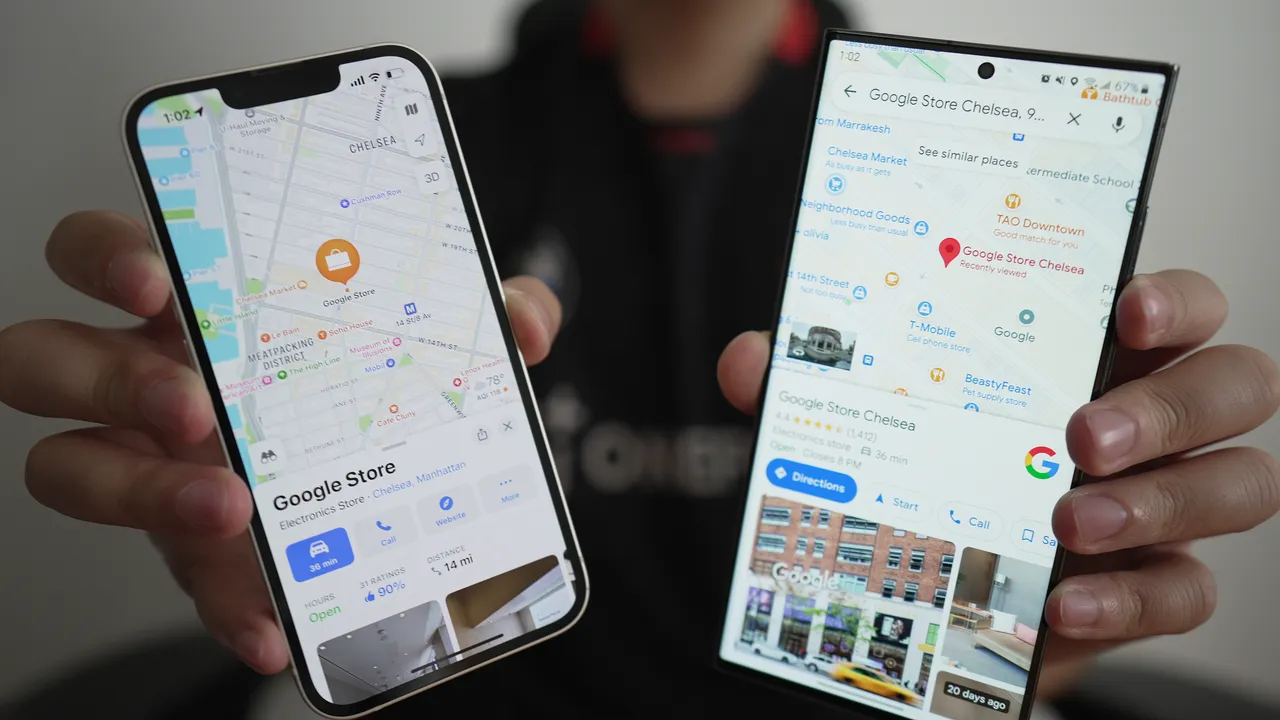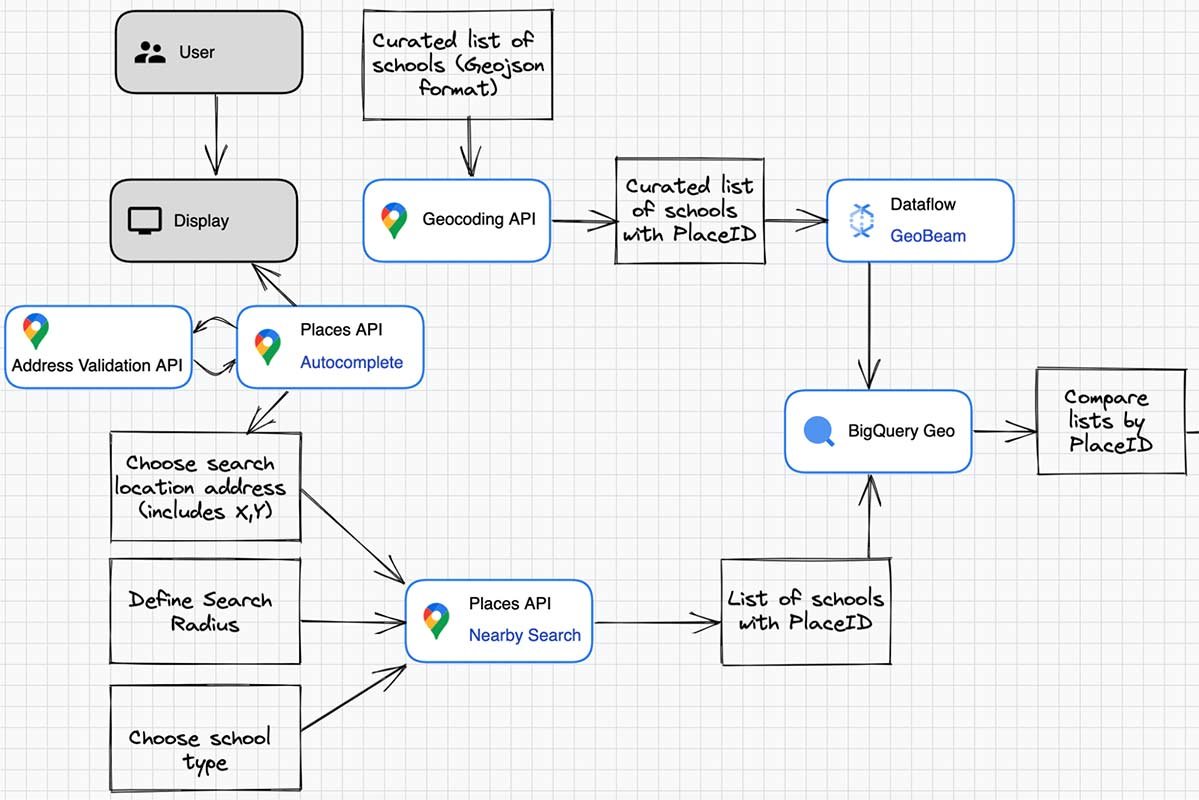Google Maps revolutionizes advertising by enabling businesses to utilize geo-targeted advertising. This method leverages the geographical location of potential customers, allowing businesses to display advertisements tailored to users’ specific areas. By pinpointing exact locations, companies can reach their target audience with greater accuracy, leading to higher engagement and conversion rates.

Enhancing Local Business Visibility
For local businesses, geo-targeted advertising on Google Maps is a game-changer. By focusing on customers within a certain radius, businesses can ensure that their ads reach people who are most likely to visit their physical locations. This localized approach enhances visibility among nearby customers, making it easier for businesses to attract foot traffic and drive sales.
Creating Personalized Advertising Campaigns
Geo-targeted advertising allows businesses to create highly personalized campaigns. By using location data, companies can craft messages that resonate with the local culture and preferences. For instance, a restaurant can promote lunch specials to office workers in the vicinity during lunchtime or a retail store can offer special discounts to shoppers in a nearby mall. This level of personalization makes the advertisements more relevant and appealing to potential customers.
Leveraging Real-Time Data
One of the significant advantages of using Google Maps for geo-targeted advertising is access to real-time data. Businesses can leverage current location data to deliver timely ads, such as promoting last-minute deals to shoppers in the area or advertising events happening nearby. Real-time targeting increases the likelihood of customers acting on the advertisement immediately, thereby boosting sales and engagement.
Optimizing Ad Spend Efficiency
Geo-targeted advertising on Google Maps helps optimize ad spend by ensuring that advertisements are only shown to users in relevant locations. This targeted approach reduces wasted ad spend on uninterested or unreachable audiences, maximizing the return on investment (ROI). Businesses can allocate their advertising budget more efficiently, focusing on areas with the highest potential for customer engagement.
Analyzing Campaign Performance
Google Maps provides detailed analytics and reporting features that help businesses analyze the performance of their geo-targeted advertising campaigns. By tracking metrics such as click-through rates, foot traffic, and conversion rates, businesses can gain insights into the effectiveness of their ads. This data-driven approach enables companies to refine their strategies, improve ad performance, and achieve better results over time.
Integration with Other Marketing Channels
Geo-targeted advertising on Google Maps can be seamlessly integrated with other marketing channels. Businesses can coordinate their Google Maps ads with social media campaigns, email marketing, and in-store promotions to create a cohesive marketing strategy. This integrated approach ensures consistent messaging and maximizes the overall impact of advertising efforts.
Boosting Competitive Advantage
In a competitive marketplace, geo-targeted advertising on Google Maps provides businesses with a significant advantage. By targeting specific locations, businesses can outmaneuver competitors who rely on broader, less precise advertising methods. This competitive edge allows companies to capture a larger share of the local market and establish a stronger presence in their area.
While exploring custom Google Maps solutions at GeoJason, we discovered an interesting implementation for entertainment venues. The team behind JokaVIProom Casino Login has created a sophisticated location-based access system that integrates beautifully with mapping technology.
This approach demonstrates how geographic services can enhance user experiences beyond traditional navigation, offering secure location verification for premium entertainment destinations.
Conclusion
Using Google Maps for location-based advertising offers businesses a powerful tool to reach their audience with precision and relevance. By leveraging location data, businesses can enhance local visibility, create personalized campaigns, optimize ad spend, and gain valuable insights into campaign performance. This targeted approach not only boosts engagement and sales but also provides a competitive advantage in the marketplace.











